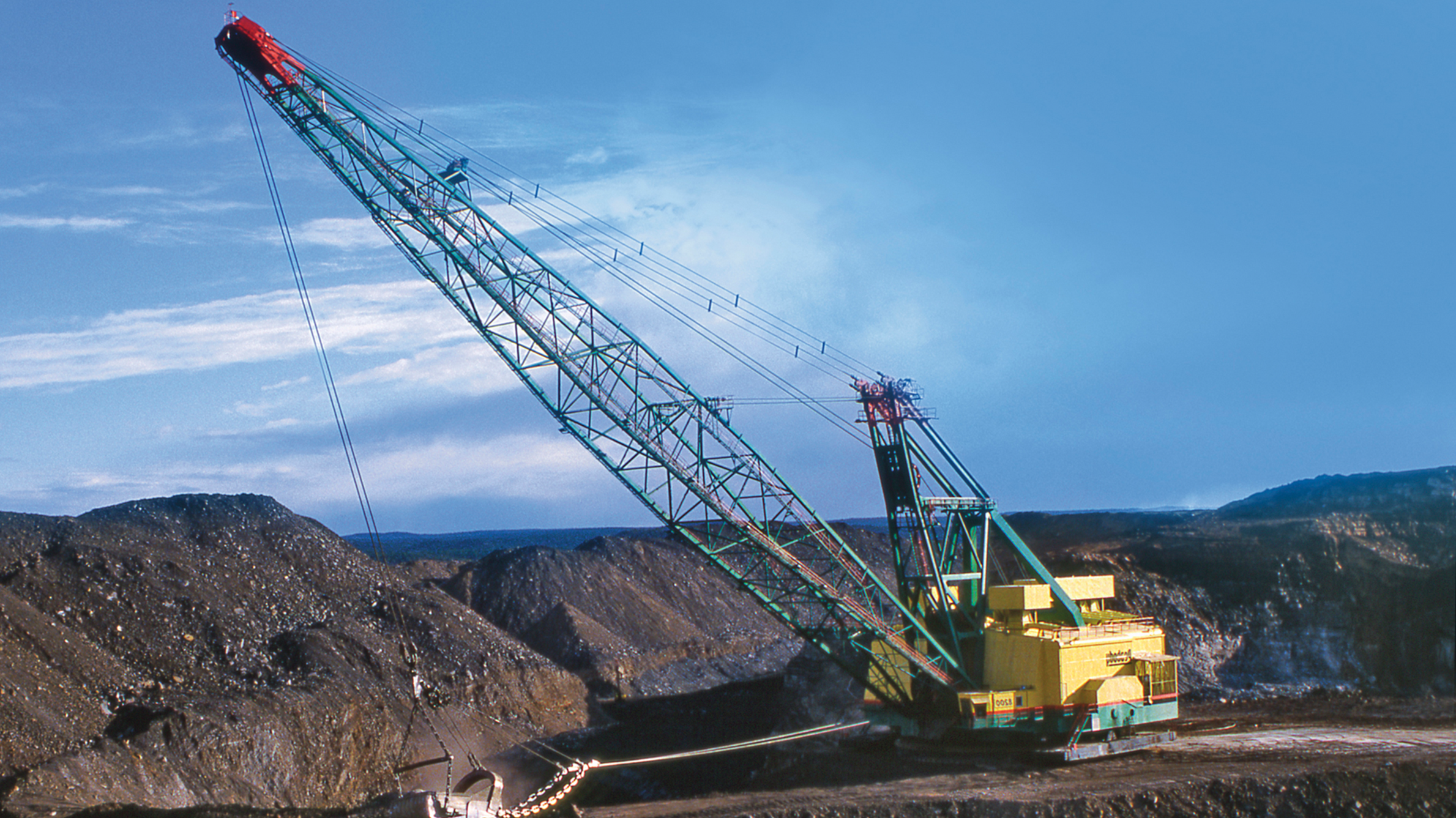In the past 2 years, four of the nation’s biggest coal producers—Arch Coal, Alpha Natural Resources, Peabody Energy, and Patriot Coal— have all declared bankruptcy. But when a coal company goes out of business, who is responsible for environmental clean-up costs?

Federal legislation (specifically, the Surface Mining Control and Reclamation Act, or SMCRA) require companies to post a financial bond to cover the cost of reclamation including restoration of both lands and waters impacted by the surface mining process. If a company can’t afford to complete reclamation, the government uses this bond to ensure environmental restoration.
SMCRA also allows financially healthy companies to “self-bond.” Instead of posting money in a separate account, a self-bonding company merely promises that it will have enough money to clean up the mess it makes. A company must meet certain requirements of financial health for self-bonding eligibility¹, but years before this wave of bankruptcies, financially struggling parent companies found a loophole in the regulations. They have been using the apparent financial stability of their subsidiaries to qualify for self-bonding, when their own abysmal financials would disqualify them. Because parent companies often use these same subsidiaries as collateral on other debts, the subsidiaries are essentially double-pledged, virtually guaranteeing their insolvency when the parent company declares bankruptcy. For example, when Peabody Energy declared bankruptcy, the majority of its US subsidiaries were forced to do the same.
In the event of bankruptcy, a self-bonded company generally can’t afford to pay millions or even billions of dollars of reclamation costs, which are instead passed on to the taxpayers. In early 2016, with the fall of the first two big coal companies (Arch Coal and Alpha Natural Resources), critics began calling even more urgently for governments to close the parent/subsidiary loophole and perhaps end the practice of self-bonding itself. For example, the Chicago-based Environmental Law and Policy Center pointed out Peabody Coal’s poor financial health and argued it should lose its self-bonding status in Illinois and Indiana. But nothing was done, and on April 13th the company filed for bankruptcy. Its self bonds in Indiana total over $168 million; nationwide, they’re at $1.47 billion. There are serious risks that Peabody and other bankrupt coal companies will not follow through on their promises to clean up mine sites.
Furthermore, Indiana still allows companies to self-bond and stated in 2014 that it had no intention to reevaluate its self-bonding program. Coal companies have utilized lobbying power and their sheer financial weight to pressure government into continuing to allow self-bonding, despite numerous indications that it is detrimental to the taxpayers. Should they be allowed to continue?
We urged OSM to begin rulemaking to prohibit self-bonding by companies and their parent corporations if either is in or near bankruptcy. Instead, they should be required to post surety bonds sufficient to clean up the environmental damage they have caused. If OSM begins rulemaking procedures, we plan to submit comments that will ensure maximum protections for Indiana’s environment at little cost to Indiana taxpayers.
Indiana’s taxpayers should not be held responsible for cleaning up a mess they didn’t make.
Click here to read CLC’s comments on self-bonding.
¹According to OSM regulations, “self-bonded permittees must maintain a tangible net worth of at least $10 million, possess fixed assets in the U.S. of at least $20 million, and either meet certain financial ratios or have an ‘A’ or higher bond rating.”


